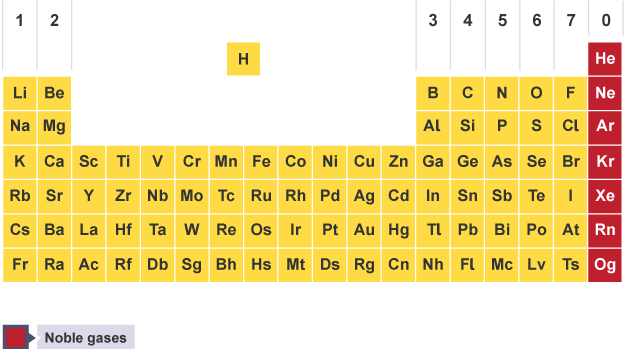Understanding Group 7: The Halogens of the Periodic Table

Introduction to Group 7 Elements
Group 7 of the periodic table, also known as the halogens, consists of five chemical elements: fluorine (F), chlorine (Cl), bromine (Br), iodine (I), and astatine (At). These elements are known for their high reactivity, particularly with alkali and alkaline earth metals, forming salts. The study of Group 7 is essential for understanding various chemical phenomena, including the formation of compounds, reactions, and their applications in industry and daily life.
Key Characteristics of Group 7 Elements
Halogens are nonmetals and exhibit unique properties that differ significantly from metals. Notable characteristics include:
- Reactivity: Halogens are highly reactive, with fluorine being the most reactive of all elements due to its electronegativity and small atomic radius.
- Physical States: At room temperature, fluorine and chlorine are gases, bromine is a liquid, and iodine is a solid, demonstrating a trend in physical states down the group.
- Electronegativity: The electronegativity of halogens decreases from fluorine to iodine, impacting their chemical properties.
- Formation of Acids and Salts: When halogens react with metals, they form ionic compounds called halides, and with hydrogen, they can form acids such as hydrochloric acid (HCl) when combined with chlorine.
Recent Developments and Applications
Recent studies on Group 7 elements have highlighted their relevance in various fields. For instance:
- Medicinal Applications: Chlorine compounds are vital in the production of pharmaceuticals and disinfectants. Iodine is extensively used in medical imaging and as a dietary supplement.
- Environmental Concerns: The use of bromine and chlorine in flame retardants and pesticides has raised health concerns, leading to increased regulation and the search for safer alternatives.
- Innovation in Chemistry: Researchers are continuing to explore the unique properties of halogens for novel applications, including the development of new materials and chemical processes.
Conclusion
Group 7, or the halogens, plays a crucial role in both scientific research and practical applications across various sectors. Understanding their characteristics is not only important for chemists but also for broader environmental and health issues. As we advance in our understanding of these elements, the potential for new discoveries and applications continues to grow, making the study of halogens a significant area of ongoing inquiry.









